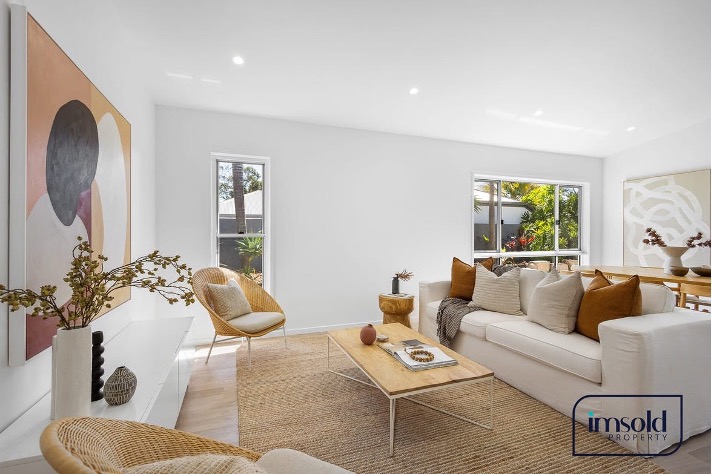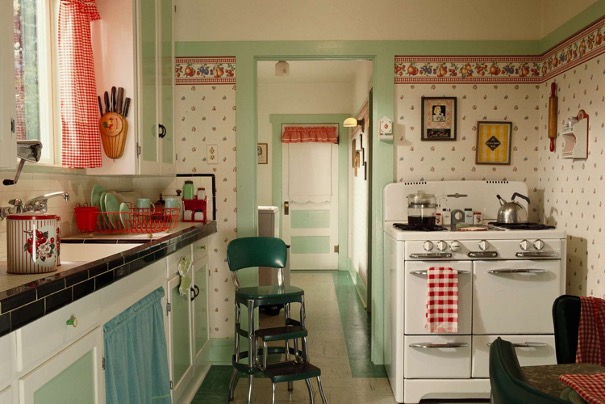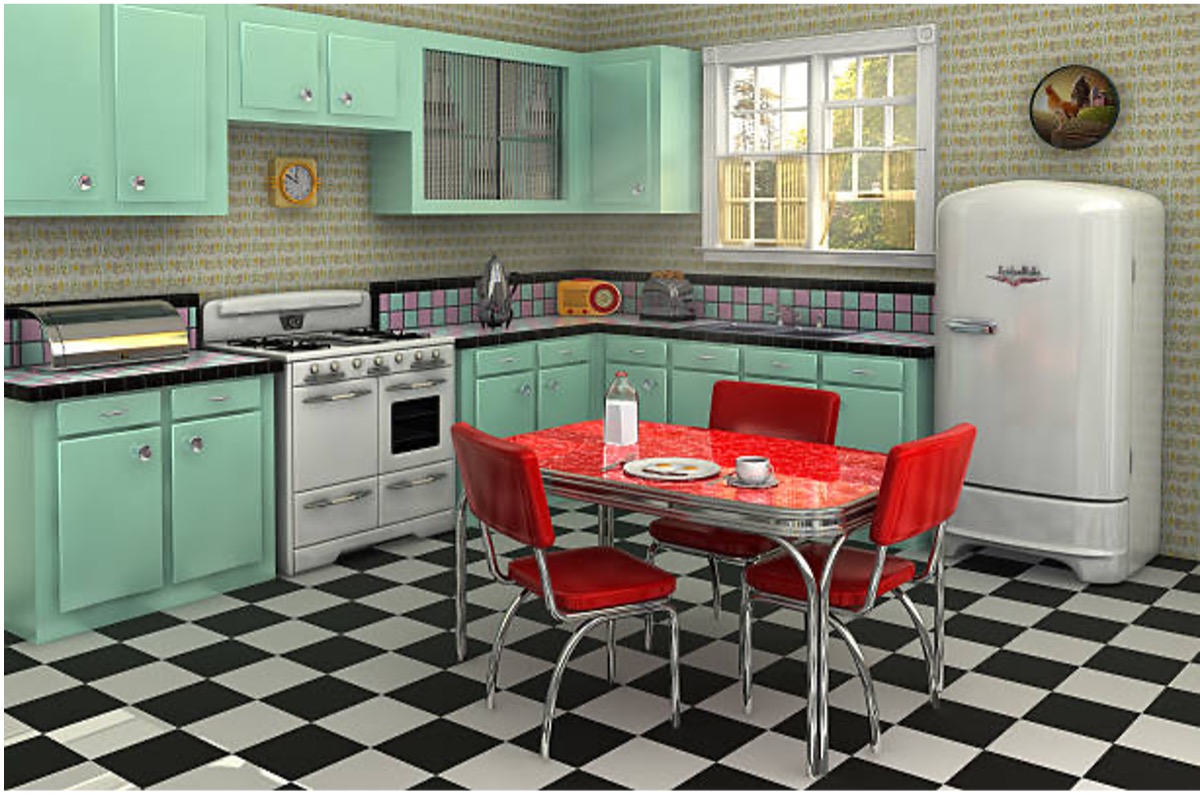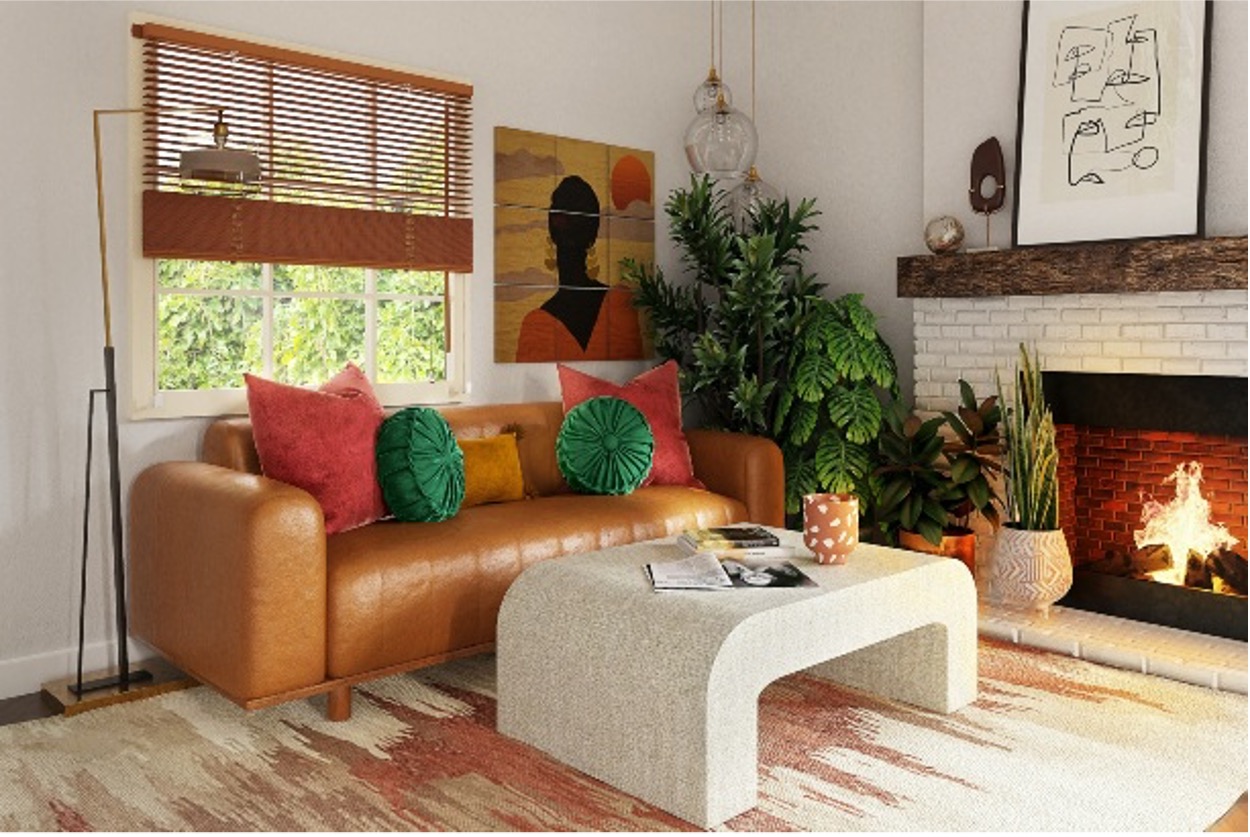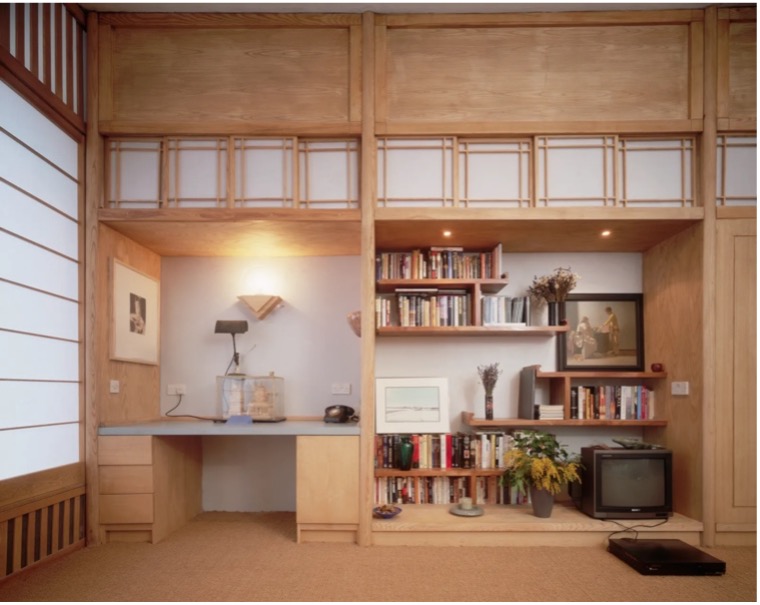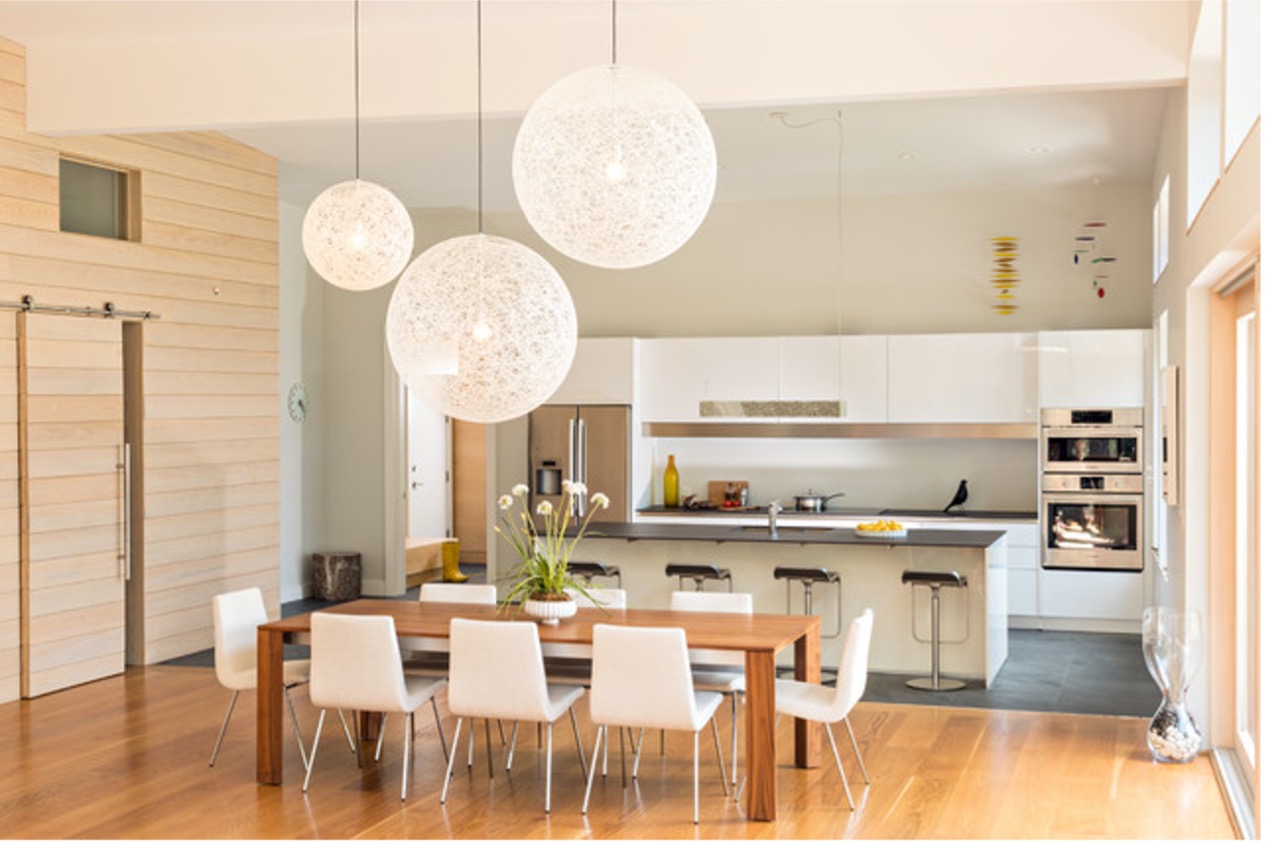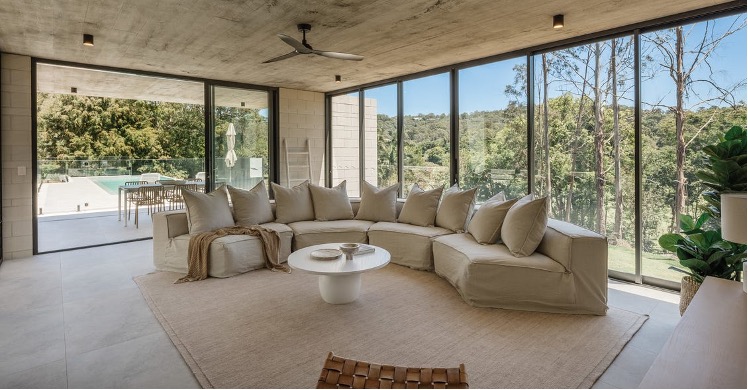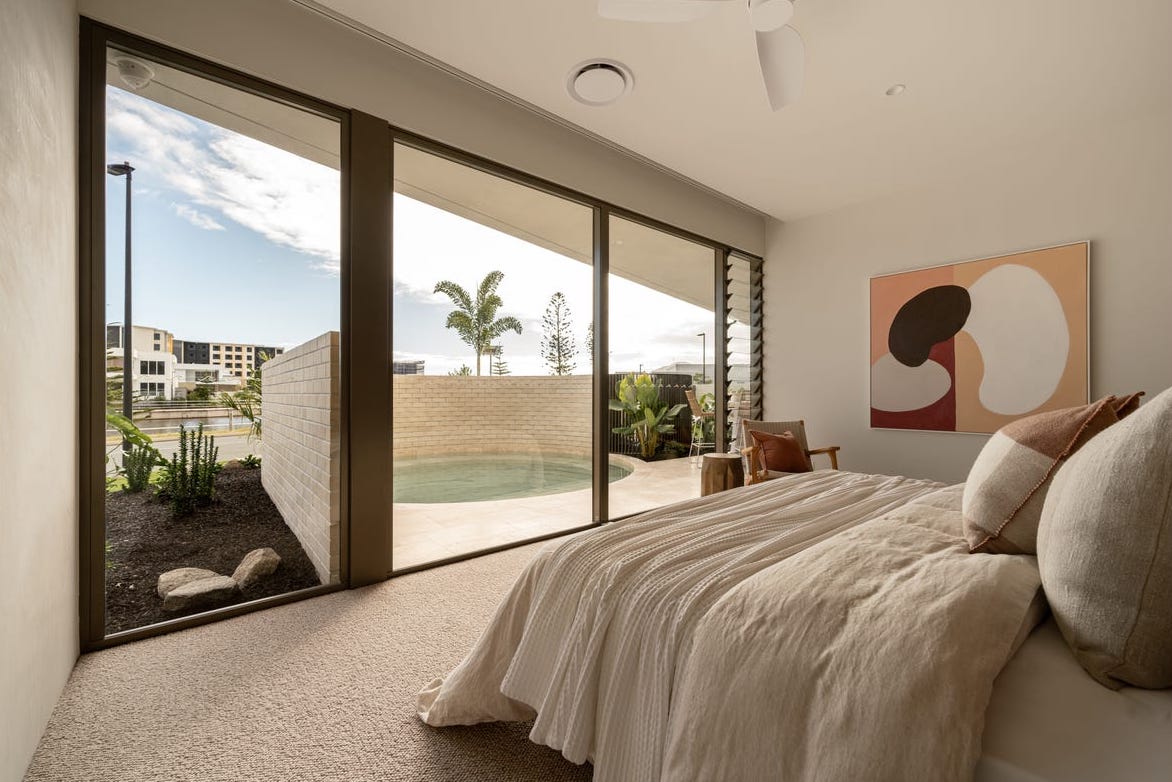Interior design through the decades
Journey through the history of interior design to see how past evolutions have shaped today’s trends and essentials. Understanding interior design’s history offers insights into the significant shifts and events that have influenced styles across decades, ultimately defining the aesthetic of our present era.
The 1940s interior design was influenced by Art Deco, bringing bold colours, sleek lines, and glamorous materials. Wartime needs shifted furniture to practical designs with metal, plywood, and vinyl, while post-war styles embraced comfort and elegance as families refocused on home life. Popular bold colours—navy, green, yellow, and red—were paired with neutral tones. Textiles like florals, plaids, and stripes became staples in curtains and upholstery. Kitchens were compact with integrated appliances, and bathrooms featured luxury elements like larger bathtubs, marble, and chrome.
1950s interior design embraced mid-century modern style, emphasising simplicity, functionality, and clean lines, with furniture in organic shapes and tapered legs. Bold colours and pastels like mint green, pink, and turquoise featured in furniture and appliances, accented by gold, chrome, and black. Futuristic designs with curves, geometric shapes, and materials like plastic and vinyl reflected technological advancements. Open floor plans became popular, with modern, rounded refrigerators often serving as stylish focal points in the home.
Interior design in the 1960s was a reflection of the decade’s cultural and social changes. It was a time of experimentation and liberation, as people moved away from traditional constraints and embraced bold, expressive, and futuristic designs. The mixing of vibrant colors, funky patterns, and innovative materials created an environment where individuality and creativity could thrive. Whether inspired by Pop Art, Space Age futurism, or the bohemian lifestyle, the 1960s left an indelible mark on interior design that continues to influence modern spaces today.
The 1970s was a decade of contrasts—earthy and bohemian styles mixed with futuristic influences, traditional craftsmanship merged with technological advances, and formality gave way to more relaxed, informal spaces. It was a time of personal expression, where interiors became a reflection of individual tastes and values. Whether through earthy tones, eclectic décor, or bold patterns, the 1970s created a unique, welcoming, and experimental atmosphere that is still celebrated in modern design.
The 1980s interior design aesthetic was all about making bold statements and embracing a sense of luxury and opulence. There was an emphasis on larger-than-life furniture, vibrant colors, and mixing traditional and modern styles. Textures were rich, materials were luxurious, and decor was extravagant. This period in design reflected the affluence and excess of the time, while also setting the stage for future minimalism in the 1990s. Whether embracing neon hues or lavish textiles, the ‘80s created an atmosphere that was visually stimulating, full of personality, and unapologetically glamorous.
Interior design in the 1990s emphasized comfort, practicality, and simplicity, with a focus on neutral tones, clean lines, and natural materials. The era blended minimalist tendencies with eclectic and transitional styles, resulting in interiors that were both timeless and adaptable. There was a move away from excessive decoration and a shift towards creating spaces that felt warm, inviting, and functional. The 1990s also set the stage for the design trends of the early 2000s, with its emphasis on integrating technology into the home, creating open, multifunctional spaces, and blending old and new design influences.
Interior design in the early 2000s was defined by simplicity, functionality, and clean lines, with an increased focus on integrating technology and sustainability into homes. Neutral tones, minimalist design, and sleek, modern furniture were paired with personal touches and eclectic influences from around the world. This was a decade of transition, as people sought to create efficient, adaptable, and personalized spaces that still maintained a sense of elegance and modernity. The 2000s paved the way for more contemporary and tech-forward interior design while still embracing the comfort and simplicity that had become increasingly important in the previous decades.
To learn more about our property styling services, get in touch with Blink Living and one of our property stylists will reach out to you. Otherwise, if you’d like to refresh your space yourself, our Blink Living shop in Noosaville has a curated selection of designer furniture and homewares that you won’t find anywhere else on the Sunshine Coast.
